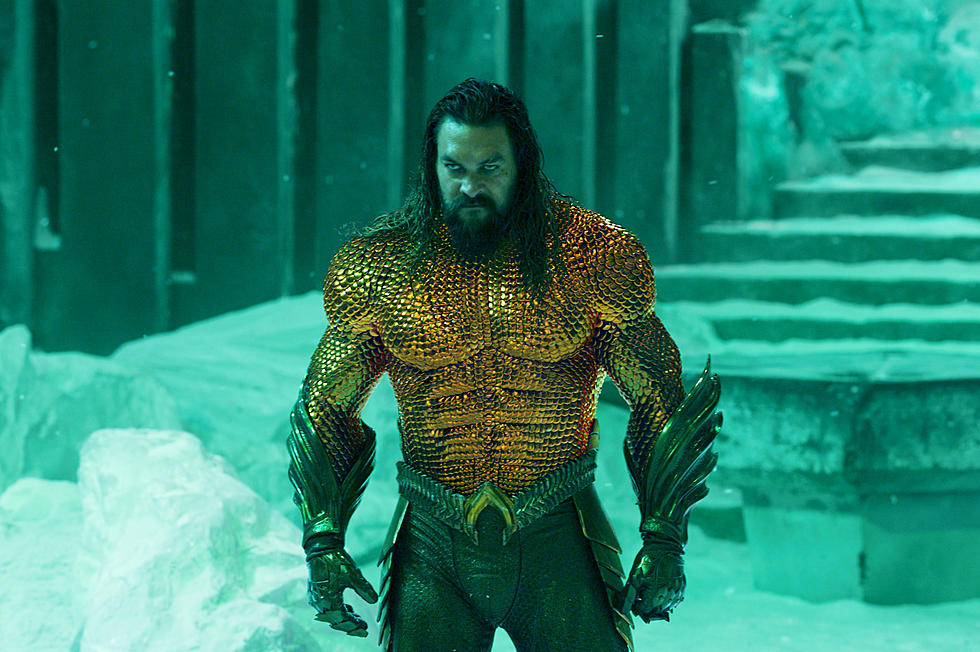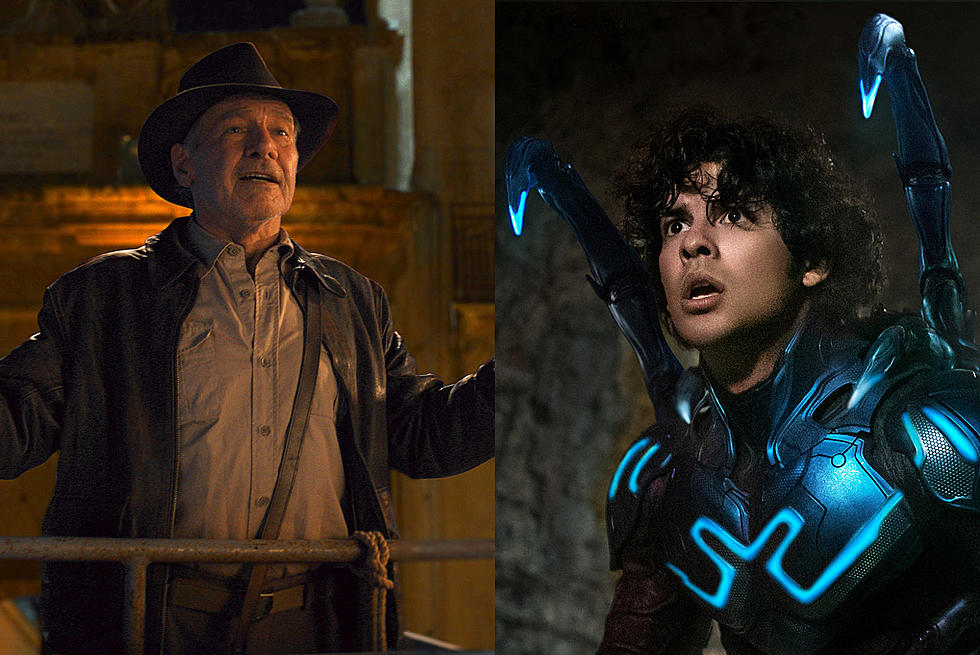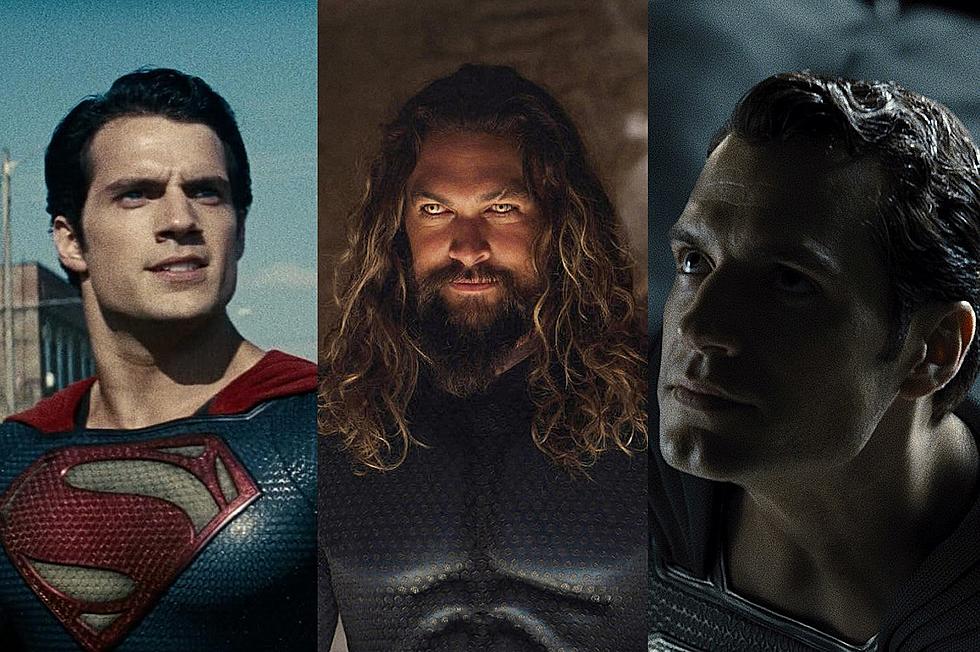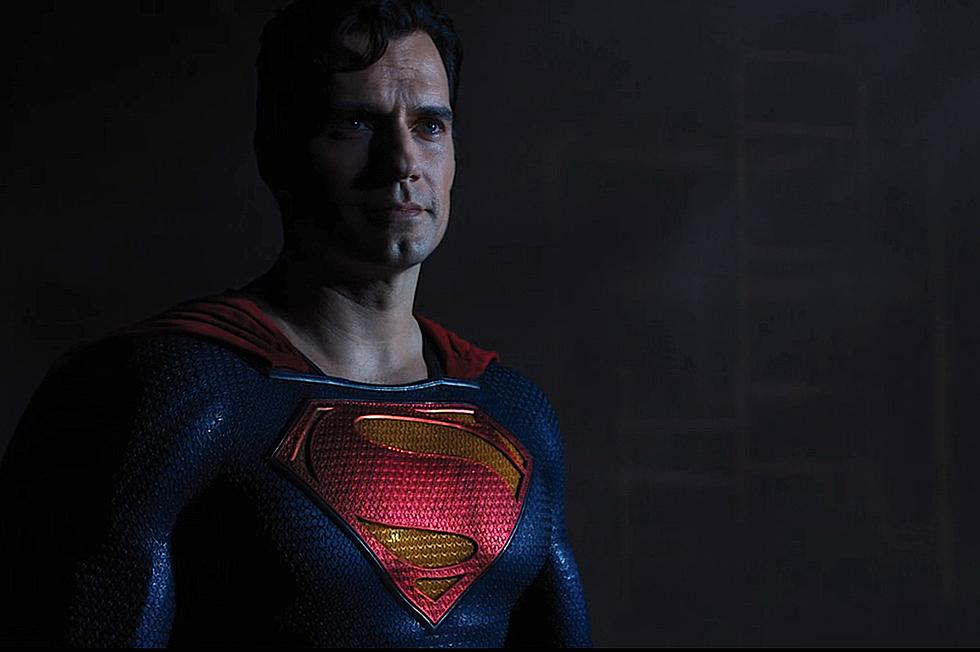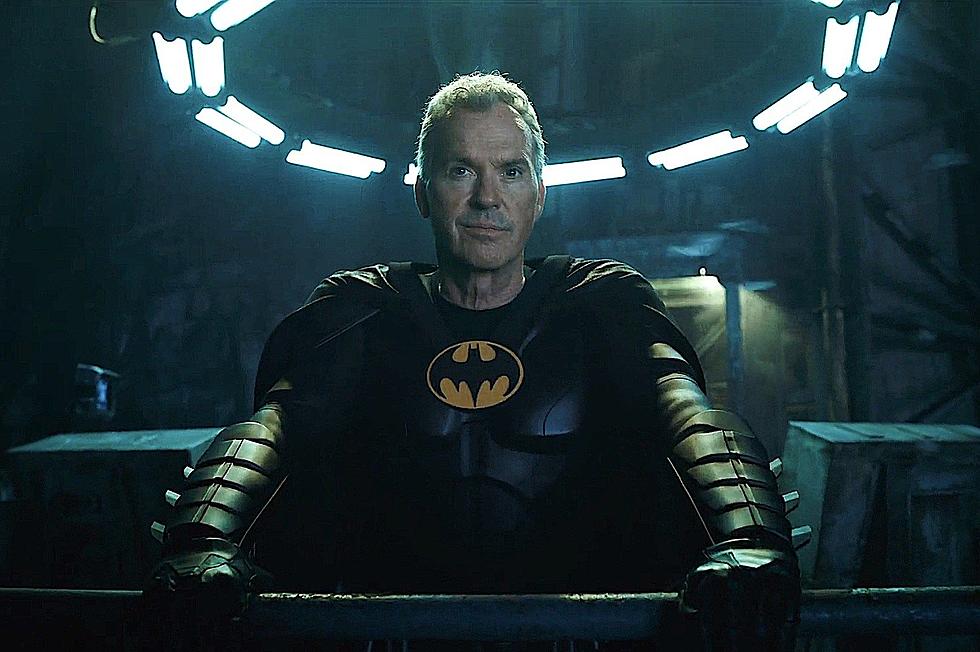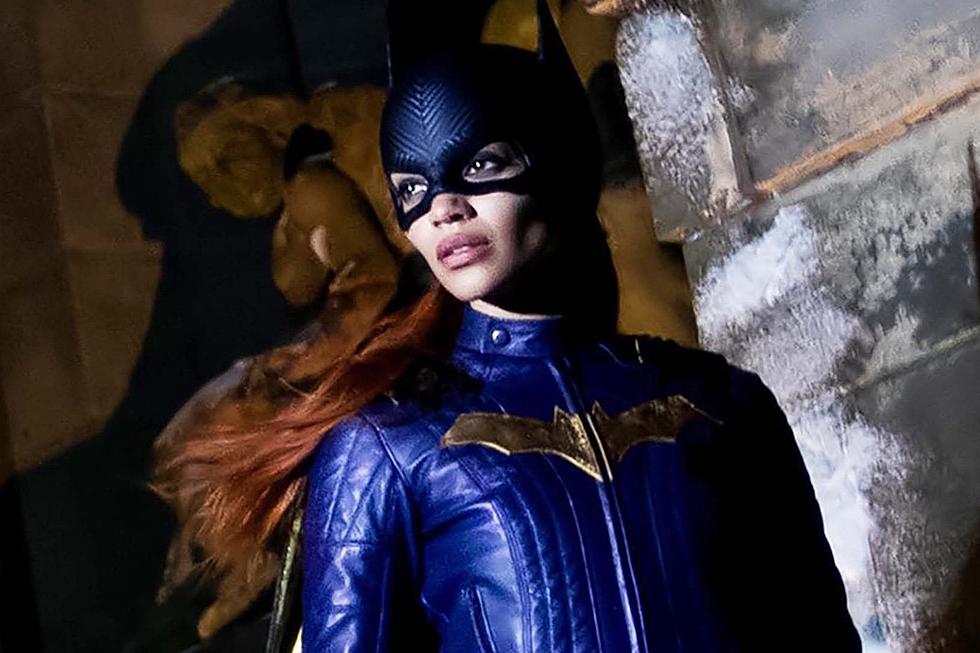
‘The Flash’ Review: “Plastique”
We’re in that phase of ‘The Flash’ in which what’s new has worn off and the season’s true narrative hasn’t yet arrived. As such, we’re in a holding pattern, in which the same basic moves are repeated until the audience learns what’s what in the world of Central City. As mentioned in the last recap, this is all perfectly fine, and even though "Plastique" was a step down from "Going Rogue," it still has some core things that suggest long-term health for the show.
Rather than break things down plot-wise, let’s do something slightly different this week. First, I’ll analyze the latest iteration of the three main building blocks that construct each episode of ‘The Flash,' and then offer up five moments that really worked.
The Building Blocks Of An Episode Of ‘The Flash’
Each episode of the show consists of three interlocking elements, differentiated only by implementation on a weekly basis.
1) Barry fights a metahuman adversary that teaches him something about his own condition.
In this case, we have the metahuman Bette Sans Souci, a former soldier injured by schrapnel and then hit with dark matter on the night the particle accelerator exploded. She turns any object into an explosive device upon contact, which isn’t exactly as positive a power as Barry’s superspeed. But since she’s dead by episode’s end (thanks to Wells’ manipulation), Barry didn’t really learn much beyond reinforcing his desire to help people with his abilities. Which … we already knew.
2) Iris writes a blog about The Streak and makes most fans of the show wish Barry had just partnered up with Felicity when he had the chance.
That’s actually unfair, since the scene on the rooftop between Iris and The Flash was the first genuinely enjoyable moment involving her all series. That felt like a character fully invested in the moment, rather than simply slinging the same exposition week after week. Yes, “women fawning over superheroes” is something of a weak trope, but Iris’ excitement was partially sexually but primarily about validating Barry’s lifelong search for his mother’s killer. It was less about Iris trying to kiss The Flash and more about her excitement over proving Barry some relief from his lifelong struggle. Iris is still a problem for the show, and having her and Barry simply not spend time together demonstrates why a character in the dark on a show like this a major narrative liability.
3) Harrison Wells is a man who does horrible things for more likely than not horrible reasons.
We’re still a long ways off from 'The Flash' truly weighing in on the morality of Wells’ actions. And tonight’s episode is no different: Sending Plastique to kill General Wade Eiling (played by Clancy Freakin’ Brown) looked fairly horrific on the surface, yet could be seen as fair play based on whatever Eiling did to Gorilla Grodd five years ago. Maybe Wells is a Jane Goodall-esque savior who does bad things for the right reasons. Or he’s just straight up lying to everyone and then doing evil jitterbugs in their absence. I can’t even bother to hazard a guess since we only have 5 pieces of a 500-piece puzzle at this point.
Anyways, those three elements are part of every episode of ‘The Flash’, and probably will be for some time. Here are five specific moments that elevated tonight’s episode above mere filler:
A) Cisco brings the humor.
There’s nothing I dislike more than nerd humor for the sake of nerd humor. But Cisco made me laugh a fair number of times tonight, especially around the fate of Barry’s suit. When Caitlin reminds Cisco there are three fully-intact suits in the wake of Barry’s primary one exploding, Cisco replies, “I have two, and I loved that one.” It’s a fantastically specific line, one that Carlos Valdes nailed.
B) The S.T.A.R. Labs crew hangs outside the workplace.
Sure, the show mined a lot of humor out of Barry’s super metabolism, but I really just enjoyed seeing Barry, Caitlin, and Cisco out at a bar enjoying each other’s company. Episodes can vary in terms of overall quality if viewers enjoy the camaraderie of its primary players. Last episode’s opener involving Barry playing board games with everyone in S.T.A.R. Labs was a start, but this was a big improvement. For us to care about this show’s secondary characters, we need to see them in different circumstances. The more we see Caitlin and Cisco off-duty, the more three-dimensional they will become and the more ‘The Flash’ can navigate through episodes of lesser quality.
C) Joe West laughing at The Flash’s Auto-Tuned voice.
As said before, the rooftop scene between Iris/The Flash was great. Even greater? Barry revealing to Joe that he changed his voice not through ‘Arrow’-like tech but through supersonic vocal chord manipulation. Even greater than THAT? Joe laughing long and hard in utter delight at this revelation. There’s something to be said for characters on TV shows actually laughing at things that are funny. Sure, that technique could be occasionally annoying. But here? It’s the perfect reaction to the ridiculousness of Barry’s trick. What else could Joe do but laugh? It’s just another example of how ‘The Flash’ still keeps things light even while keeping its stakes high.
D) Tom Cavanagh’s reading of the line, “Devastating.”
While the show will continue to toy with Wells’ true motives for a while to come, it was still remarkable to see the 15 looks that pass over Wells’ face upon realizing Plastique’s expiring body might put a permanent crater into Central City. As a man who meticulously plans everything out, this unforeseen variable delighted him: Not only did it potentially remove a rival from the picture, but it also offered up a chance for Barry Allen to expand his range of powers in preparation for the great “crisis” looming ahead. Either way, Wells was ultimately not good nor bad in that moment. He was merely “curious,” which in and of itself is an ambiguous emotion in the world of this show.
E) Holy moly, they are really going to put Gorilla Grodd in ‘The Flash,’ aren’t they?
When Wells talked about Eiling wanting to create telepathic soldiers, I probably should have made the connection to Grodd, whose cage appeared prominently in the pilot. But even though Grodd is high in The Flash’s rogue’s gallery, I just assumed the CG work needed to portray him onscreen would be too much. But then again, effects such as the ones displayed on this show would have been impossible to achieve even a few years ago on this show’s budget. Maybe ‘The Flash’ is simply planning ahead for a future season in which technology finally matches artistic impulse? Mostly I’m just delightfully gobsmacked that I might one day watch a TV show on The CW in which a super-intelligent gorilla with psychic abilities is the Big Bad.
More From ScreenCrush
